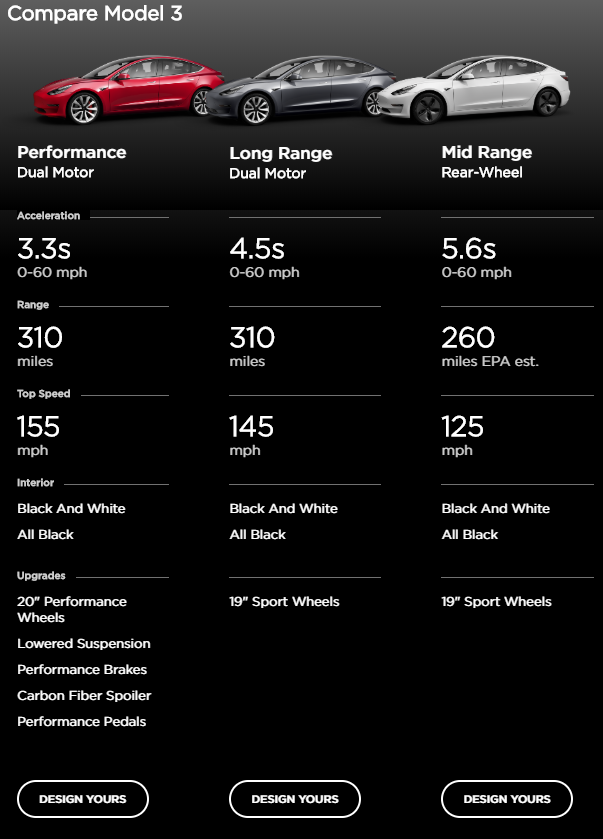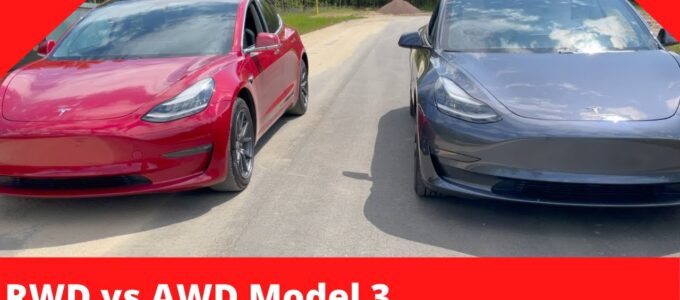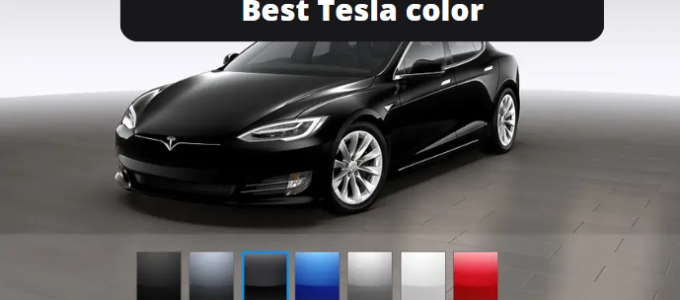Tesla model 3 rwd vs awd
When it comes to the Tesla Model 3, the main difference between the RWD (rear-wheel drive) and AWD (all-wheel drive) versions is the number of electric motors and the resulting performance and handling. Today we’ll talk about which type is still better? Let’s start from begin 🙂
Tesla model 3 rwd vs awd. What Do the Acronyms Refer to?
The acronyms RWD and AWD refer to the drivetrain of the car. RWD stands for rear-wheel drive, which means that the power from the electric motor is sent to the rear wheels only. AWD stands for all-wheel drive, which means that the power is sent to all four wheels of the car.
Differences between the Tesla Model 3 RWD and AWD

1. Number of motors: The RWD version of the Model 3 has one electric motor, while the AWD version has two electric motors, one on each axle.
2. Performance: The AWD version of the Model 3 has better acceleration and handling than the RWD version, thanks to the extra motor and improved traction control. The AWD Model 3 can go from 0 to 60 mph in as little as 3.5 seconds, while the RWD Model 3 takes around 5.3 seconds.
3. Range: The AWD Model 3 has slightly less range than the RWD version, due to the extra weight of the second motor and the additional power required to run it. The AWD Model 3 has an estimated range of 310 miles, while the RWD Model 3 has an estimated range of 325 miles.
4. Price: The AWD version of the Model 3 is more expensive than the RWD version, with a starting price of around $51,000, compared to around $39,000 for the RWD version.
Overall, the AWD version of the Tesla Model 3 is a better choice for those who prioritize performance and handling, while the RWD version may be a better choice for those who prioritize range and affordability.
READ ALSO: How big is the Tesla Model 3 trunk?
The Pros and Cons of AWD and RWD in each Tesla
Both the RWD (rear-wheel drive) and AWD (all-wheel drive) versions have their own pros and cons. Here are some of the main advantages and disadvantages of each drivetrain in Tesla cars:
Overall, the choice between RWD and AWD depends on your specific needs and priorities. If you prioritize efficiency, acceleration, and cost, then RWD may be the better choice. If you prioritize traction, handling, and off-road capability, then AWD may be the better choice.
Conclusion
In the case of the Tesla Model 3, the RWD version has one electric motor that powers the rear wheels, while the AWD version has two electric motors, one on the front and one on the rear axle, that power all four wheels. The main difference between the two drivetrains is the number of motors and the resulting performance and handling.
If you are at the selection stage and still in doubt, it’s time to look at the price of these two options!

FAQs
Is Tesla Model 3 RWD good in winter?
While the Tesla Model 3 RWD (rear-wheel drive) can be a great car for driving in winter conditions, it may not perform as well as the AWD (all-wheel drive) version in certain situations. Here are some considerations for driving the Model 3 RWD in winter:
1. Traction control: The Model 3 RWD has advanced traction control systems that can help improve performance in slippery conditions. However, it may not be as effective as the AWD version, which has power distributed to all four wheels.
2. Winter tires: Installing winter tires on the Model 3 RWD can significantly improve its winter performance. Winter tires have a different rubber compound that stays more pliable in cold temperatures, and deeper treads that provide better grip on snow and ice.
3. Driving habits: When driving the Model 3 RWD in winter conditions, it’s important to adjust your driving habits to match the conditions. This means driving more slowly and cautiously, braking earlier and more gently, and avoiding sudden movements that could cause the car to lose traction.
4. Limited ground clearance: The Model 3 RWD has limited ground clearance, which can make it difficult to navigate deep snow or slushy roads. It’s important to be aware of the car’s clearance and avoid driving in conditions that could cause the car to bottom out.
Overall, the Model 3 RWD can be a good car for driving in winter conditions, especially with the addition of winter tires and careful driving habits. However, if you live in an area with heavy snow and ice, the AWD version may be a better choice for improved traction and stability.
Is Tesla Model 3 rear wheel or all-wheel?
The Tesla Model 3 is available in both rear-wheel drive (RWD) and all-wheel drive (AWD) versions. The RWD version has one motor powering the rear wheels, while the AWD version has two motors, one powering the front wheels and one powering the rear wheels.










